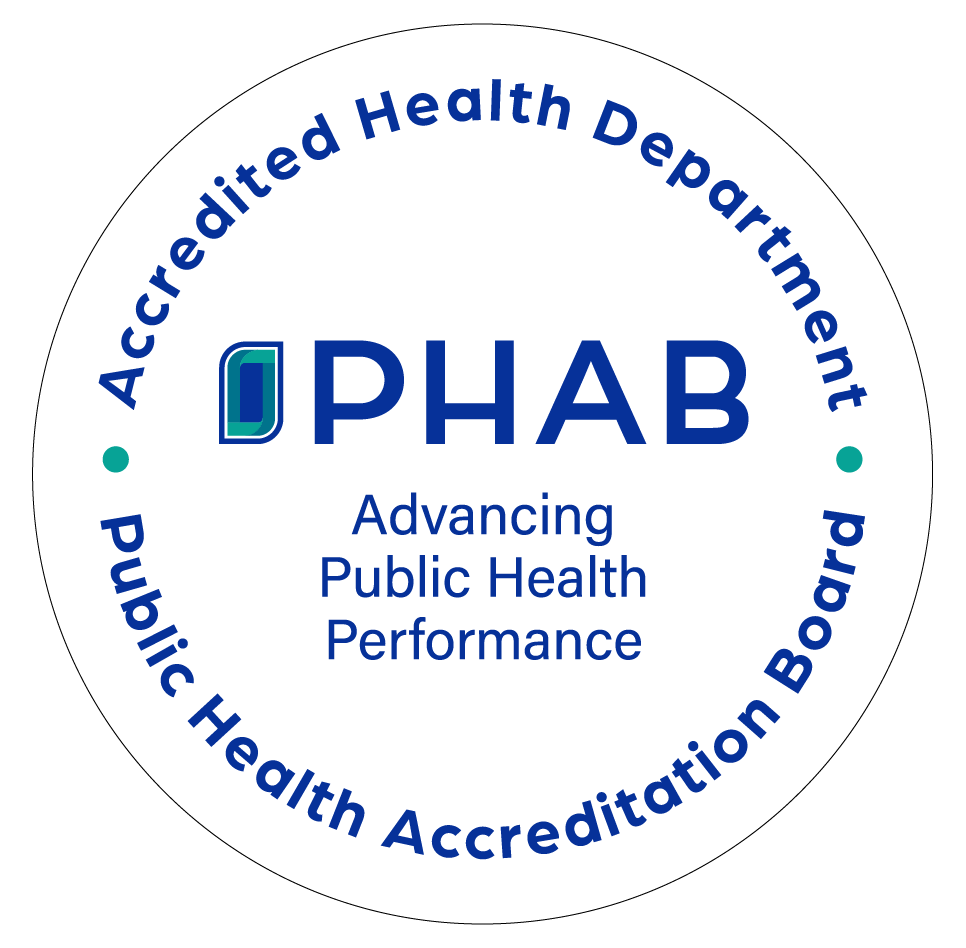Wyandot County Public Health is responsible for the long-term continuing health protection of the residents and visitors of Wyandot County. The goal of the public health emergency preparedness program is to prepare, mitigate, respond, and recover from public health emergencies such as acts of bio-terrorism, infectious disease outbreaks, man-made and natural disasters.
Prepare For:
Wyandot County Public Health prepares for public health emergencies by:
Mitigate Against:
Mitigation is the activities designed to reduce or eliminate risks to persons or property or to lessen the actual or potential effects or consequences of an incident. Wyandot County Public Health mitigates against public health emergencies by:
Respond To:
In the event of a public health emergency response activities of Wyandot County Public Health would include:
Recovery From:
Wyandot County Public Health helps in the recovery process by performing the following duties:
Anyone within Wyandot County wishing to offer feedback on the current plans of Wyandot County Public Health contact us at envhealth@co.wyandot.oh.us. A representative from the health department will contact you to make arrangements.
In the event of a naturally occurring infectious disease outbreak or an intentional bioterrorism incident, the ability to rapidly detect that the event has occurred will be paramount. The rapid discovery of a biological issue will severely reduce the number of individuals impacted by the event. Therefore, Wyandot County Public Health has implemented a comprehensive infectious disease surveillance program.
The program involves network-building initiatives with various agencies at the local and state level, as well as, sophisticated disease investigation and tracking software employed by a contract epidemiologist. Together, the two elements of the surveillance programs will enable the health department to rapidly detect and respond to any infectious disease incident whether natural or intentional in nature. The following is a list of partners in our surveillance program:
The following is a list of the surveillance programs that are used by Wyandot County Public Health to rapidly detect and respond to infectious disease outbreaks:
Wyandot County Public Health Environmental Division also collects ticks to monitor the prevalence of the Black-legged Deer Tick and the Lonestar Tick within Wyandot County. Both ticks are known to spread Lyme disease. The Environmental Division also sets mosquito traps during the summer to monitor the prevalence of West Nile Virus with the County. Animal Bite reports are submitted to Public Health through various partners. After Public Health receives these reports owners receive a quarantine notice for the animal. If the animal dies while under quarantine the head is sent off to a laboratory to test for rabies.
Wyandot County Public Health's role in ensuring the safety of the local population during a naturally occurring infectious disease outbreak or an intentional bio-terrorism event is vitally important. In the event of an outbreak or incident, the local health department is prepared to offer medical support in the form of vaccinations or antibiotic prophylaxis and education relevant to the outbreak or incident. Plans are in place for specific locations throughout the county to be used as dispensing sites as deemed necessary.
Over the past several decades, the number of natural and man-made disasters has increased in the United States. As more and more people move into disaster prone areas, the ability to rapidly and effectively respond to these disasters has become a significant role of the local health department. It has been found that the number of individuals who seek medical attention profoundly increases days after the disaster has passed. Infectious disease problems related to damaged sanitation systems and polluted drinking water as well as novice homeowners utilizing power tools and unsafe debris removal techniques overwhelm the local health care system after a disaster. Wyandot County Public Health is meeting these potential situations by revamping our emergency operations procedures to include medical response capabilities as well as post-disaster education, and environmental testing programs. These updated programs will undoubtedly decrease the number of post-disaster injuries and illnesses.
The types of disasters we are most likely to encounter in Wyandot County, according to the Wyandot County Emergency Operations Plan, are listed below.
Throughout the 1990's the US government noted a dramatic increase in the proliferation and usage of nuclear, biological, and chemical weapons. During the anthrax attacks in late 2001, it was quickly realized that there were major shortfalls in our country's ability to respond to large-scale WMD attacks. Since then, the infrastructure of the country's local health departments have been drastically upgraded to enable the local health department to prepare and respond to WMD incidents. Locally, Wyandot County Public Health has been working on the following initiatives:
In the event of a large-scale infectious disease outbreak or WMD usage, the pharmaceutical inventories in Wyandot County would be quickly depleted. In response to this vulnerability at the local level, the federal government has established the Strategic National Stockpile. The stockpile is operated by the Center for Disease Control and consists of twelve "12-hour push packs" which are randomly placed around the country. The push packs contain hundreds of thousands of doses of pharmaceuticals and a full compliment of medical equipment that would be needed for a wide-range of infectious disease problems. Aptly named 12-hour push packs, the packs are located throughout the United States so they can be delivered anywhere within 12 hours of being requested. Once delivered, Wyandot County Public Health will be responsible for receiving, warehousing, and distributing the pharmaceuticals.
The following is a list of projects that have begun in Wyandot County to prepare for mass pharmaceutical distribution:
